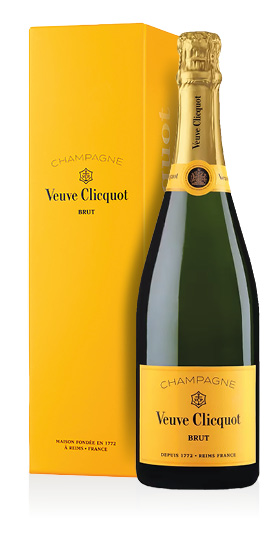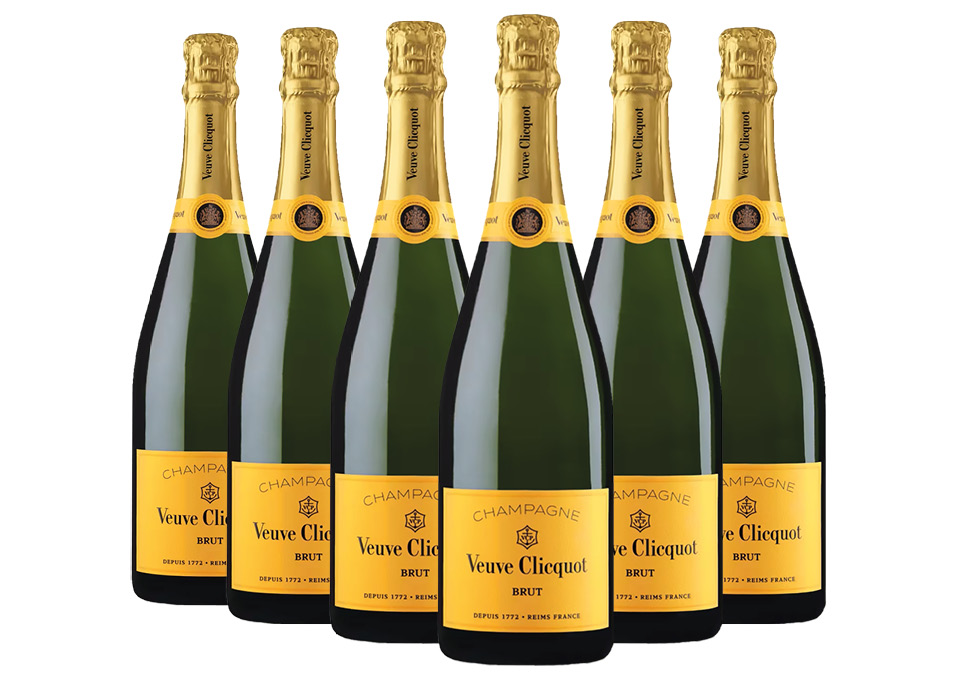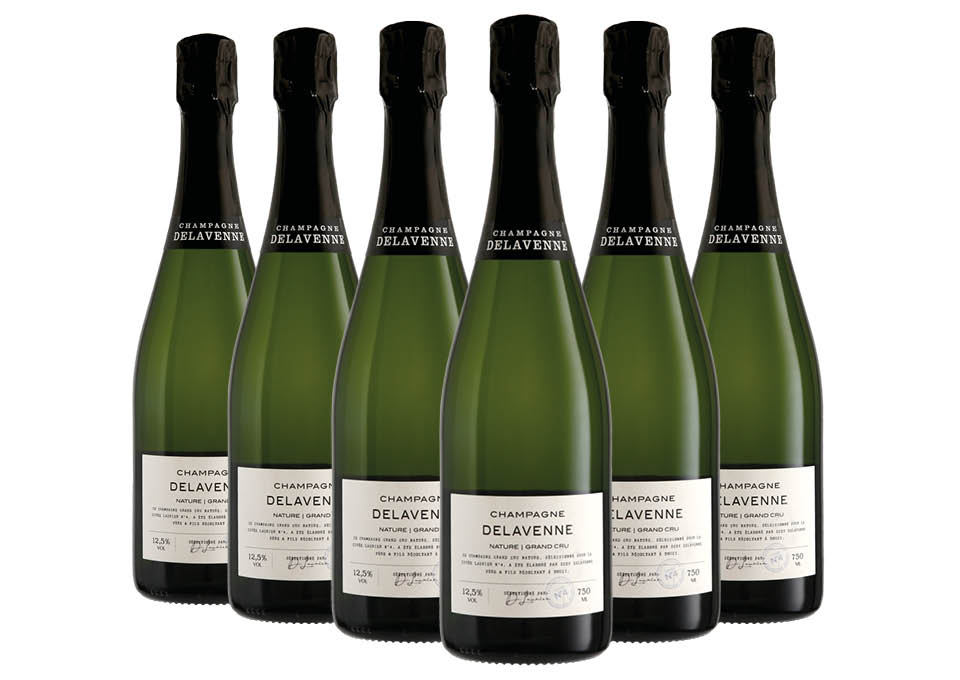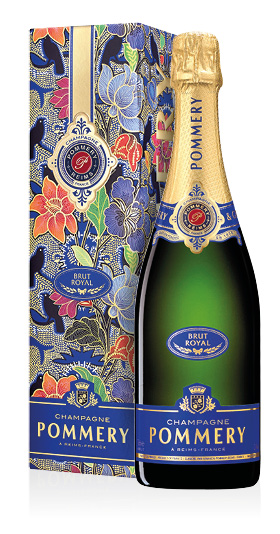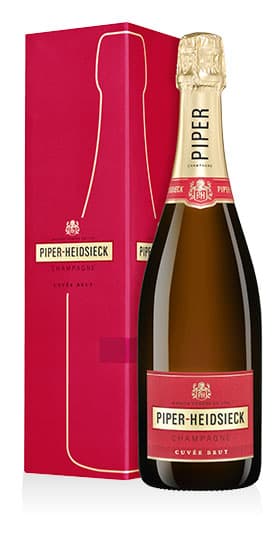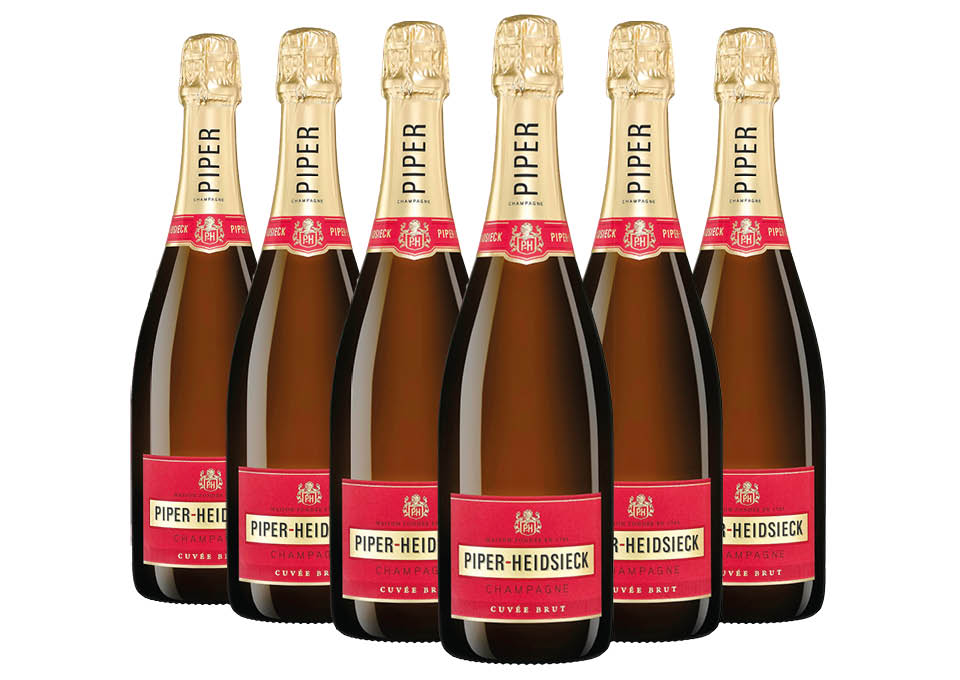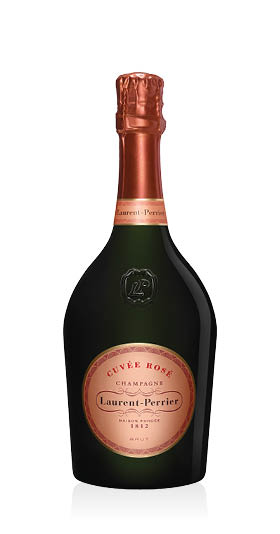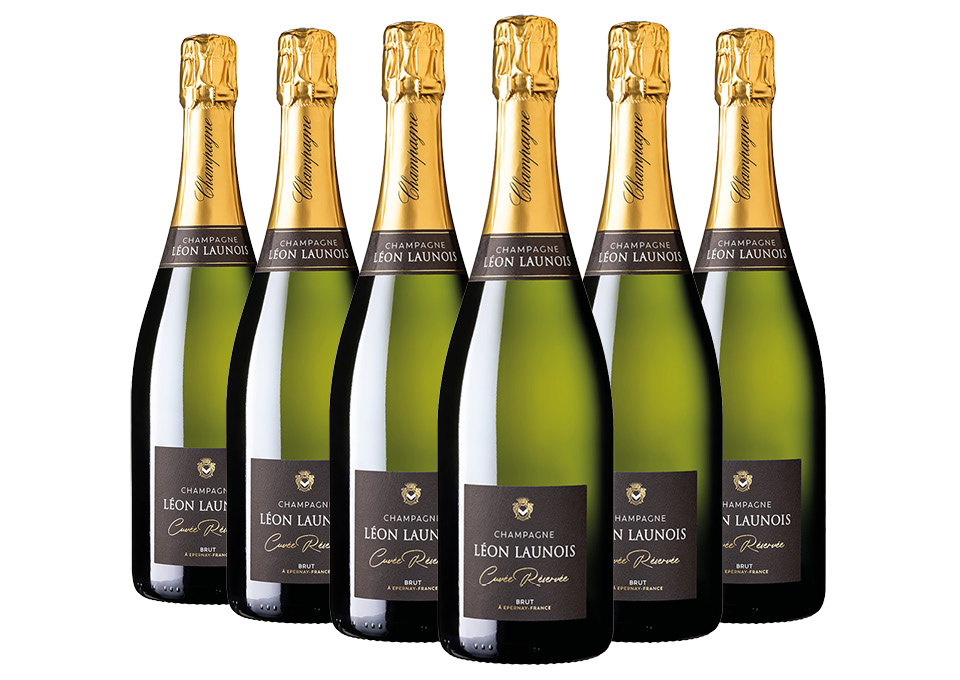Champagne
Champagne AOC appellation is without doubt the best known and most famous in the world. The appellation is shared across several areas with different characteristics, each of which is famous for the cultivation of a specific grape variety: the Montagne de Reims area is famous for Pinot Noir, the Côte des Blancs and Côte de Sézanne for Chardonnay, the Vallée de la Marne for Pinot Meunier and the southernmost area of the Côte de Bar for Pinot Noir.
The Champagne terroir
Champagne owes the celebrity of its wines to many factors and one of these is certainly its unique terroir. In general, the soil of Champagne is characterised by limestone-clay marl with a robust chalk content. And it is precisely the deep chalk layer of the subsoil that constitutes the richness of this territory.
The Champagne region represents the extreme limit of vine cultivation in the north and the white colour of the chalk reflects the gentle heat from the sun and transfers it to the plants. It also acts as a major water resource, draining the surface of the vines and retaining water deep underground for dry periods.
Metodo Classico, Champenoise or Champagne: the production method
The success of the wines of this region stems from the production method of Champagne, the first wine to use the technique of re-fermentation in the bottle, which later became knows at the 'méthode champenoise' or 'Metodo Classico'. Thanks to this process, still wines, to which a syrup of yeasts and sugars known as 'liqueur de tirage' is added, undergo a second fermentation in the bottle, which produces carbon dioxide and leads to the formation of the precious bubbles.
Once the period of maturation on lees, which are removed from the wine by dégorgement, is over, the bottle is filled up with a mixture called "liqueur d'expédition", containing old wines and a quantity of sugar that determines the final dosage of the cuvée: Pas Dosé, Extra Brut, Extra Dry, Sec, Demi Sec or Doux. The exact composition of the blend, which contributes to the so-called 'goût maison', is a secret jealously guarded by each producer.
What are the elements that contribute to the success of Champagne?
It can be said that the extraordinary terroir is the first element of Champagne's success. It is also thanks to the tradition of a centuries-old culture and the art of blending the three main grape varieties used that this sparkling wine has become the bubbly par excellence.
Of the grape varieties that can make up a blend, Pinot Noir gives structure, Chardonnay gives finesse and elegance and Pinot Meunier gives a fruity touch. A skilfully composed blend results in wines of great charm and taste balance. The most traditional Champagne blends of the great Maisons often involve similar percentages of Pinot Noir, Pinot Meunier and Chardonnay, but there is no shortage of different blends, especially in the case of small producers who have their vineyards in one area.
We can speak of "Blanc de Blancs" when a champagne is made from white grapes only, of "Blanc de Noirs" if it is made from red grapes only, of Rosé if there is a slight soaking on the skins or the addition of a small percentage of red wine.



